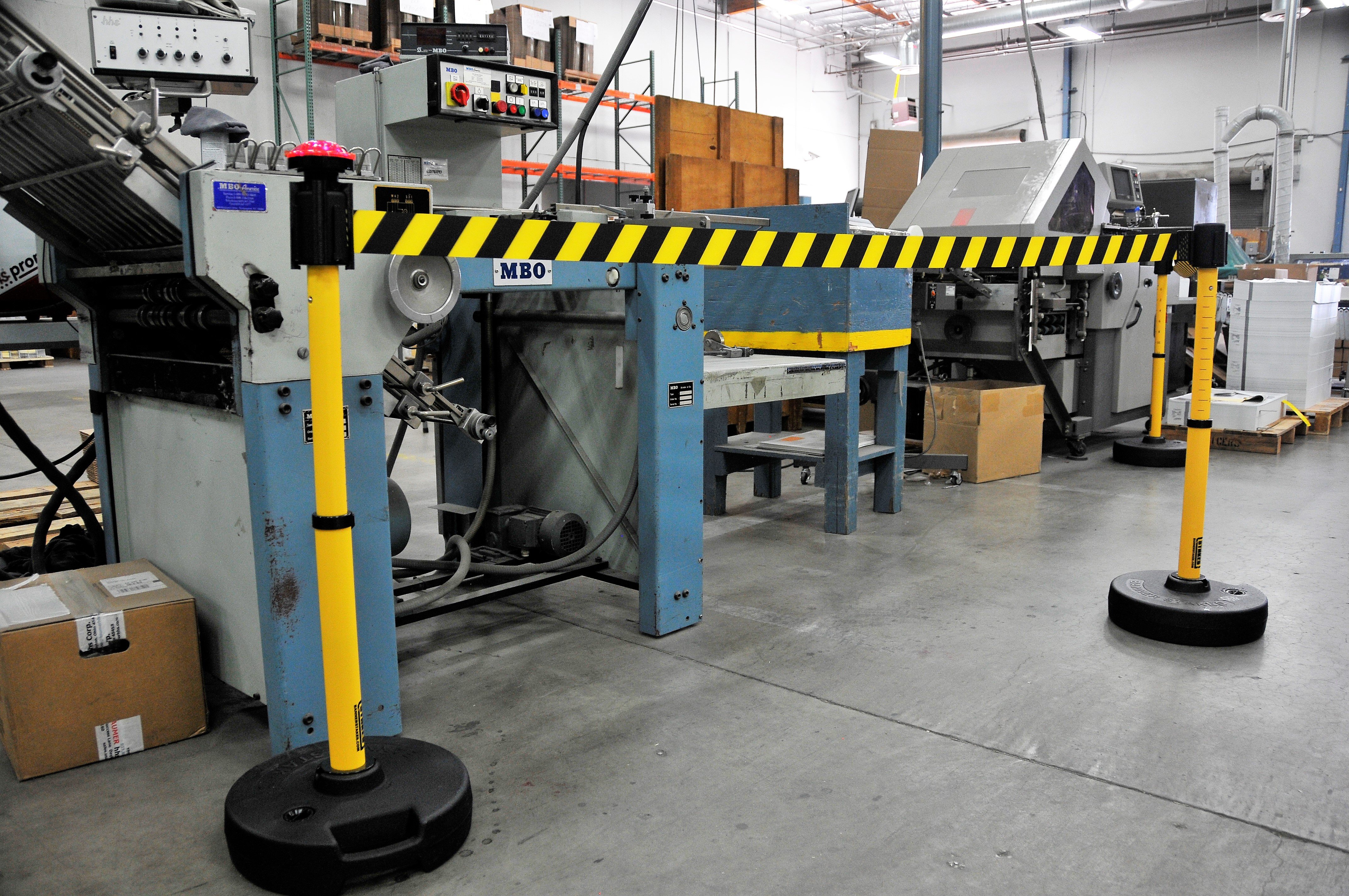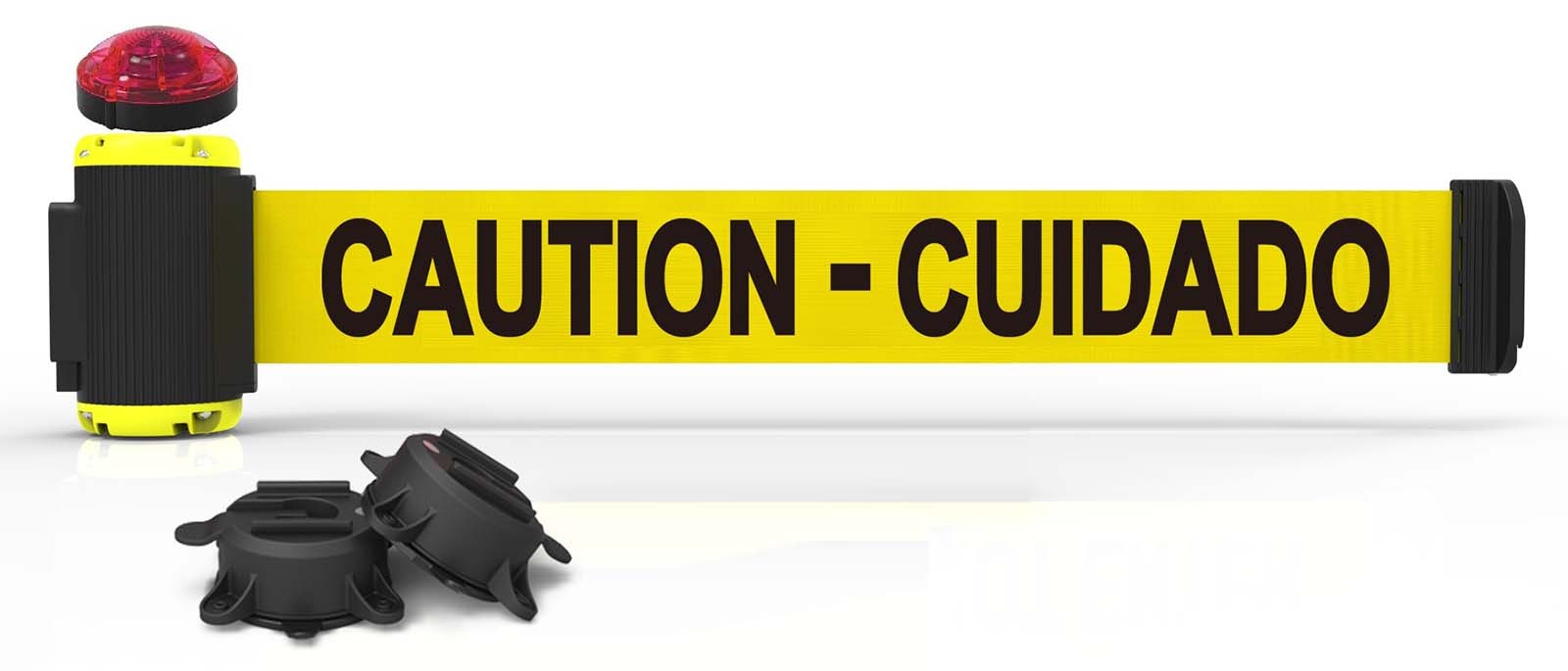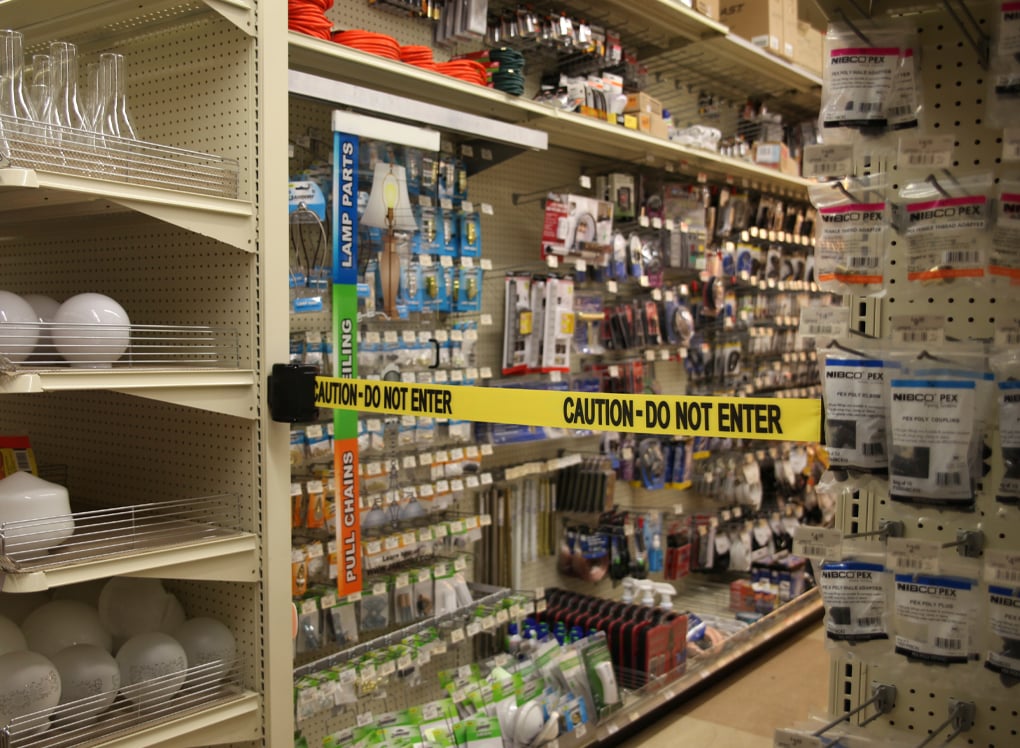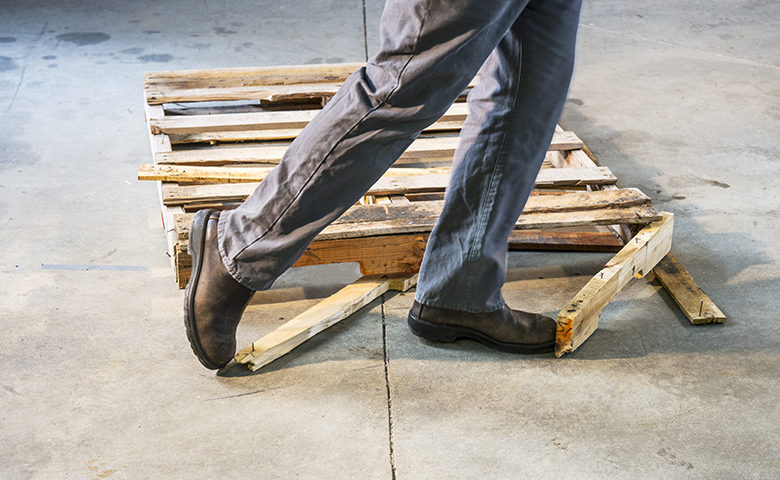Cultivating a positive culture of safety within an organization can be challenging, but when done effectively it can also be highly rewarding for management, employees, and the bottom line. Companies that invest in occupational safety have been shown to perform better, reduce their turnover rate, and help workers do their jobs more competently.
Safety culture doesn't just mean adhering to basic OSHA regulations, or a having a thick policy handbook full of procedures and rules. Safety culture is really about embedding shared attitudes, values, goals, and practices into all aspects of an organization.
Because every company is unique, there's no one-size-fits-all standard for what will work for every organization. However, there are some observable characteristics that can help identify what makes a successful safety culture, that may help guide you in the right direction when improving your own company's culture.
So, whether your just starting out, or trying to refine an existing safety program, read on to learn 6 core characteristics of an effective safety culture that you can begin implementing at your own organization today:
1) There is buy-in from top to bottom
An effective safety culture needs to be able to address an array of motivations. After all every individual within an organization has vastly differently motives for why they want safety standards in place. Management may want to see safer procedures implemented to reduce the cost of insurance, while employees are looking to feel safer and less prone to injuries. A good safety culture addresses both of these concerns while empowering individuals to take a personal role in making the organization a safe place.
Culture tends to come from the top down. If the executive team doesn't seem to care about safety, no one else has much reason to either. The CEO, board of directors, and other top executives have the power set the tone for safety culture through-out the whole organization.
The CEO should include safety as an agenda item at least once a quarter in meetings. This opens the door to conversations with employees about safety related topics, helps leadership stay on top of the progress that is being made, and impresses upon everyone how important safety is to the company.
People tend to be more "bought in" to outcomes when there is a reward structure in place. A good place to start is by compensating managers, departments, and employees whose behavior contributes to safety goals. Similarly, immediate and meaningful consequences need to be applied when careless behavior or negligence causes an accident or injury.
2) Employees observe and correct hazards
In a culture of safety, employees feel empowered to observe and correct hazards. Once a hazard is identified, the correction is made, reported, and documented. Documentation is key; it's what helps drive forward an ongoing safety program. If your organization keeps excellent records of safety missteps, accidents, and injuries it makes it easy to look back on what hasn't worked in the past so your organization can avoid making the same mistakes repeatedly.
Employees will want to feel valued for their contributions in identifying and correcting hazards. In determining if you have a safety culture, it is important to have employees at various levels measure activities versus performance. Make sure employees know managers are genuinely interested in hearing their safety concerns.
3) Personal protective equipment and safety barriers are utilized
In a successful safety culture, accidents aren't just corrected, they're proactively avoided from occurring in the first place. Personal Protective Equipment (PPE) and safety barriers are two tools that can help greatly reduce the risk of accidents at work while positively empowering employees.
It's important that employees wear their protective equipment correctly and know which PPE to wear for which task. Extensive training should be implemented on all things PPE - from how to use protective equipment appropriately, how to keep it well maintained, when to dispose of outdated PPE, and lastly, how to dispose of it safely.
Another preventative tool, safety barriers, help stop workplace accidents from occurring by preventing people from entering dangerous areas. People are much less likely to enter a hazardous area if there is a physical barrier present. Electrical equipment, heavy machinery, rooms that are being cleaned or sanitized, and hazardous waste are just some of the commonly encountered danger zones at many facilities. Blocking off an area with a highly visible barrier is an extremely efficient way to communicate to people which areas to avoid.

Pictured Above: PLUS Barrier Set X2 - Yellow/Black Diagonal Stripe
4) The safety committee or safety officer is respected
For safety culture to be truly effective, an active safety committee and/or safety officer is vital. Safety committee meetings should be scheduled on a regular basis and well-attended. The overall agenda of the committee is clear with goals and performance expectations presented on at least an annual basis. The committee should offer regular training on basic safety methods, and also specialized training for specific issues, departments, or programs.
In addition to a safety committee, or as an alternative if you do not have the personnel to commit to a full scale committee, have one person act as lead safety coordinator. This person should have the authority to enforce safety standards or look for ways to share responsibility for safety within the organization. They can work in conjunction with an active safety committee to conduct periodic reviews and training.
5) Implementing a near-miss reporting system
In establishing a safety culture, “near misses” offer valuable information. It is important to not only document safety violations, but also near misses, meaning accidents that are narrowly avoided. Be sure to use a standardized form, this make things vastly easier for employees and management to quickly file reports.
An analysis of documented near misses can reveal telling patterns, which will provide clues to larger problems. For more on implementing a near-miss program check out our more detailed article here.
6) Work with insurance and the law
Collaborating with your insurance provider is important in reducing the cost of workers’ compensation claims. Be an active partner with your provider. Ensure that both your company and your insurer on the same page and working as a team. Remember, insurance providers need to know as soon as possible if there is even the possibility of a claim.
It is important to manage a workers’ compensation claim closely. Stay in touch with those employees who are out on disability and, if possible, institute a flexible return to work or light duty program. Make accident investigation forward-looking rather than punitive. It is much more important to maintain a level of openness and receptivity to determine the root cause of the incident.
Conclusion
Your workplace's safety culture should always be a top priority. Don't wait for a serious health or safety crisis to emerge to begin tackling your organization's safety goals, plans, and procedures.
In 2020, when the COVID pandemic hit full force, companies around the world had to act quickly and decisively to keep their employees safe. Some companies already had a solid healthy and safety culture pre-COVID, making their transition to working during a global pandemic much easier than companies that were completely blind-sided, with little structure in place.
Let's build a healthy safety culture together!
It's never too late to begin improving your company's safety culture. Start where you are. Seek ways to improve your current plan and build from there. Retractable belt barriers offer a great starting point. Highly visible safety and hazard communication barriers have a proven track record of helping prevent accidents. Barriers help alert workers and site visitors when there is a potential danger in the area.
Interesting in learning more? We can assist you in finding safety products to create a safer workplace and meet compliance requirements.
Contact us today so we can start discussing your safety program.
Need help improving your worksite's safety program? We're here to help!
Schedule a site walk with us, and we'll build a safety plan tailored to your exact operations and layout.

Pictured Above: 7' Magnetic Wall Mount w/Light Kit - "Caution | Cuidado"


